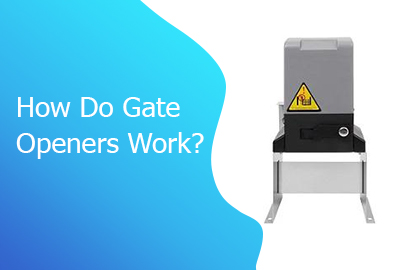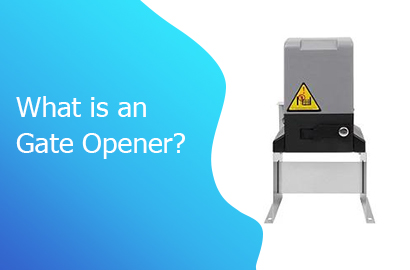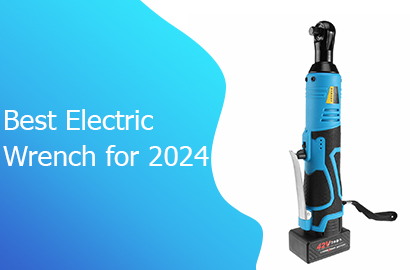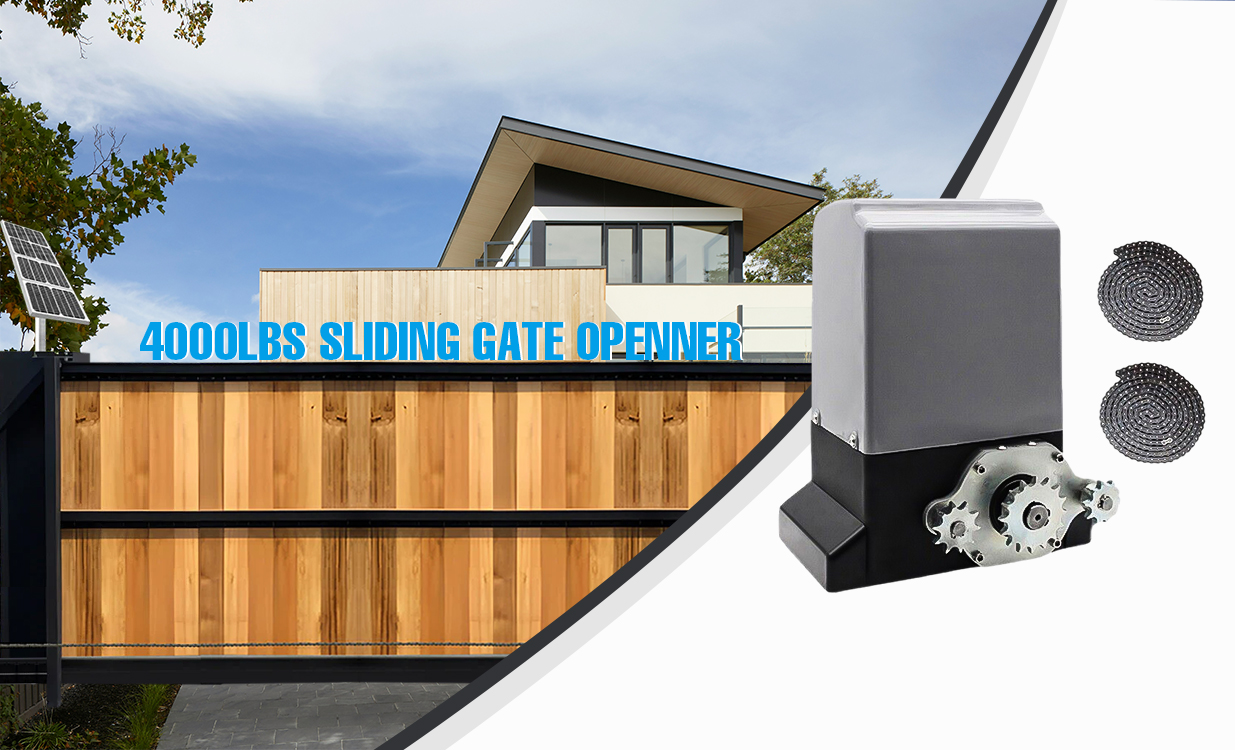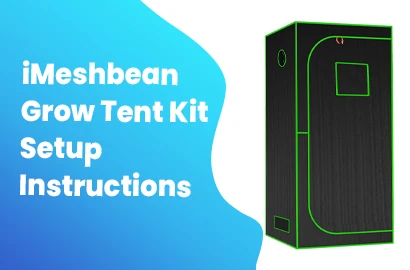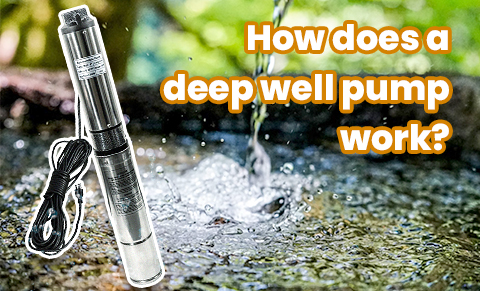Installing a submersible well pump, such as the imeshbean deep well pump, is a vital task for ensuring a reliable water supply from a deep well. This guide will walk you through the steps of submersible well pump installation in an easy-to-understand manner. Whether you’re a DIY enthusiast or want to understand the process, this article will help you achieve a successful pump installation.
Understanding Submersible Well Pumps
Submersible well pumps operate underwater, typically installed deep within a well to pump water to the surface. These pumps are efficient and durable, making them perfect for deep well applications. The installation process involves several steps: preparation, assembly, and installation.
Materials and Tools You’ll Need
Before starting, gather the following materials and tools:
imeshbean deep well pump (or similar submersible pump)
Pump control box (if required)
Electrical wire (submersible pump cable)
Safety rope or cable
Pipe wrenches
Pipe thread sealant or Teflon tape
PVC or metal pipes (appropriate for the depth and diameter of your well)
Pipe fittings (couplings, adapters)
Safety gloves and goggles
Electrical tape and connectors
Hose clamps
Step-by-Step Guide to Submersible Well Pump Installation
1. Preparation
Inspect the Well
Begin by inspecting the well to ensure it is clean and free of debris. This prevents blockages or damage to the pump during installation.
Check the Pump Specifications
Ensure the submersible pump you have is suitable for the depth and diameter of your well. Check the manufacturer’s specifications for compatibility.
2. Electrical Wiring
Choose the Right Cable
Select a submersible pump cable rated for the depth of your well. The cable should be waterproof and robust enough to withstand underground conditions.
Connect the Control Box
If your pump requires a control box, mount it near the wellhead. Connect the electrical wires from the pump to the control box according to the manufacturer’s instructions.
Attach the Safety Rope
Secure a safety rope or cable to the pump. This rope will help retrieve the pump for maintenance or replacement.
3. Pipe Assembly
Measure and Cut the Pipe
Measure the depth of your well and cut the pipes accordingly. The length should be sufficient to reach from the pump’s position to the surface.
Attach Pipe Sections
Using couplings and adapters, attach the pipe sections to the pump. Apply pipe thread sealant or Teflon tape to ensure a watertight seal.
4. Lowering the Pump
Secure the Electrical Wire
Tape the electrical wire to the pipe at regular intervals to prevent it from tangling or getting damaged.
Lower the Pump
With the help of a friend or a lifting device, slowly lower the pump into the well. Ensure the safety rope and electrical wire are not strained or twisted during this process.
Check for Obstructions
Pause periodically to check for obstructions or resistance. If you encounter any, gently maneuver the pump past the obstacle.
5. Final Connections
Connect the Pipe to the Wellhead
Once the pump is at the desired depth, connect the top section of the pipe to the wellhead. Secure it with appropriate fittings and clamps.
Connect Electrical Wiring
Complete the electrical connections at the wellhead, ensuring all wires are properly insulated and protected.
6. Testing the Pump
Fill the Well
Before testing the pump, fill the well with water to ensure it is primed and ready.
Turn on the Pump
Switch on the power supply and observe the pump’s operation. Check for steady water flow and listen for any unusual noises.
Check for Leaks
Inspect all connections for leaks. Tighten fittings and clamps as necessary to ensure a watertight system.
7. Final Adjustments
Install the Well Cap
Once you are satisfied with the pump’s performance, install the well cap to protect the well from contaminants.
Secure the Control Box
Ensure the control box is securely mounted and all connections are protected from the elements.
Monitor Performance
Regularly monitor the pump’s performance and inspect the system for any signs of wear or damage. Schedule periodic maintenance to extend the pump’s lifespan.
Installing a submersible well pump, such as the imeshbean deep well pump, requires careful planning and execution. By following this step-by-step guide, you can ensure a successful installation and enjoy a reliable water supply from your deep well. Regularly inspect and maintain your pump to keep it in optimal working condition. With the right tools, materials, and attention to detail, you can confidently undertake submersible well pump installation and ensure a steady flow of water for years to come.
